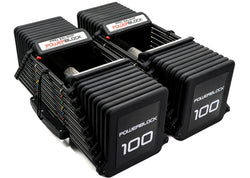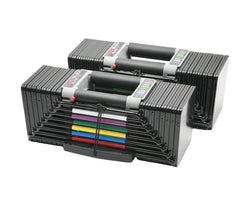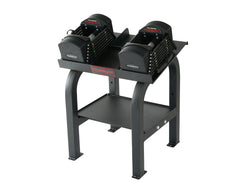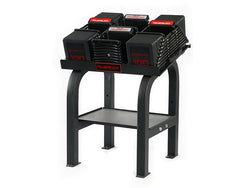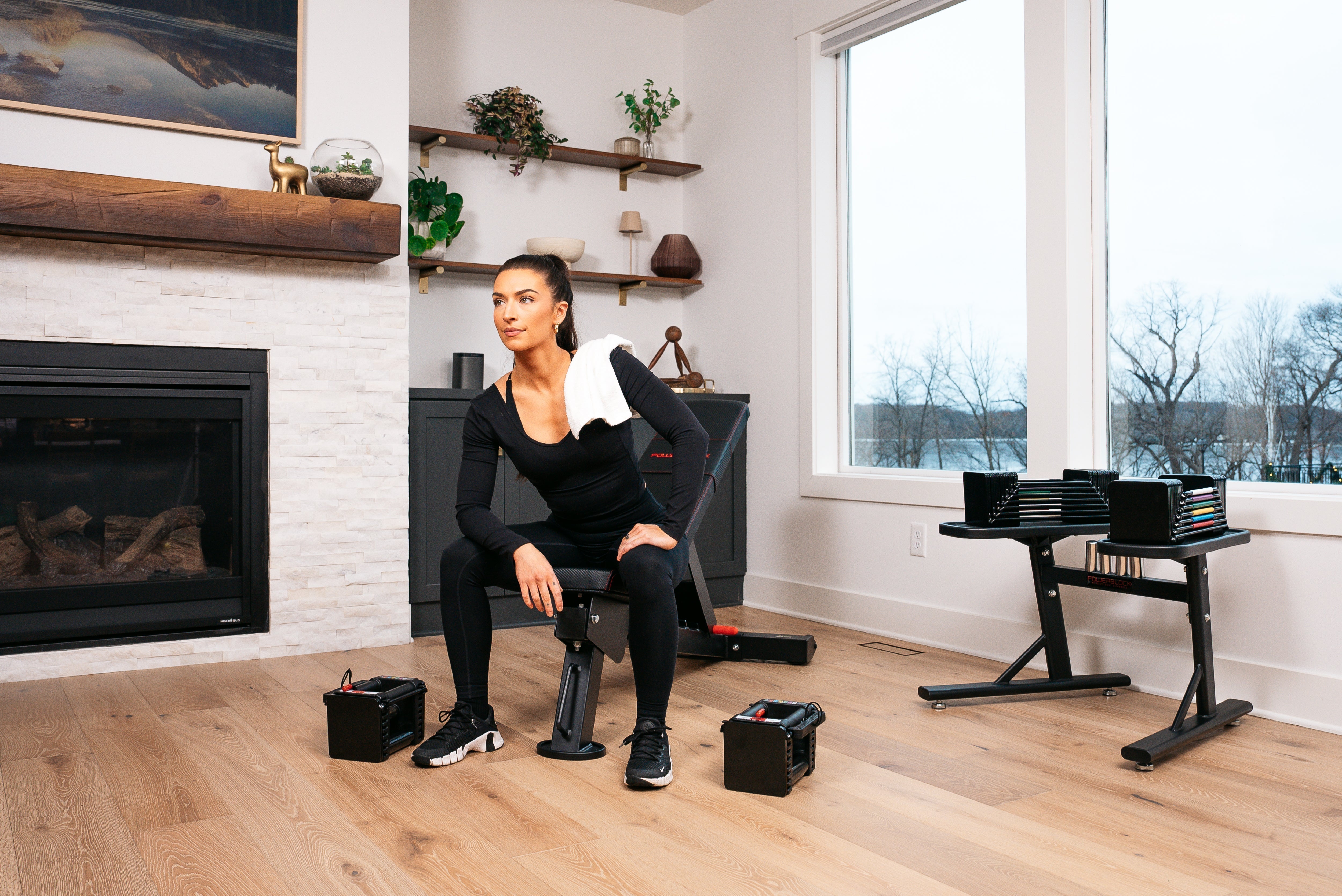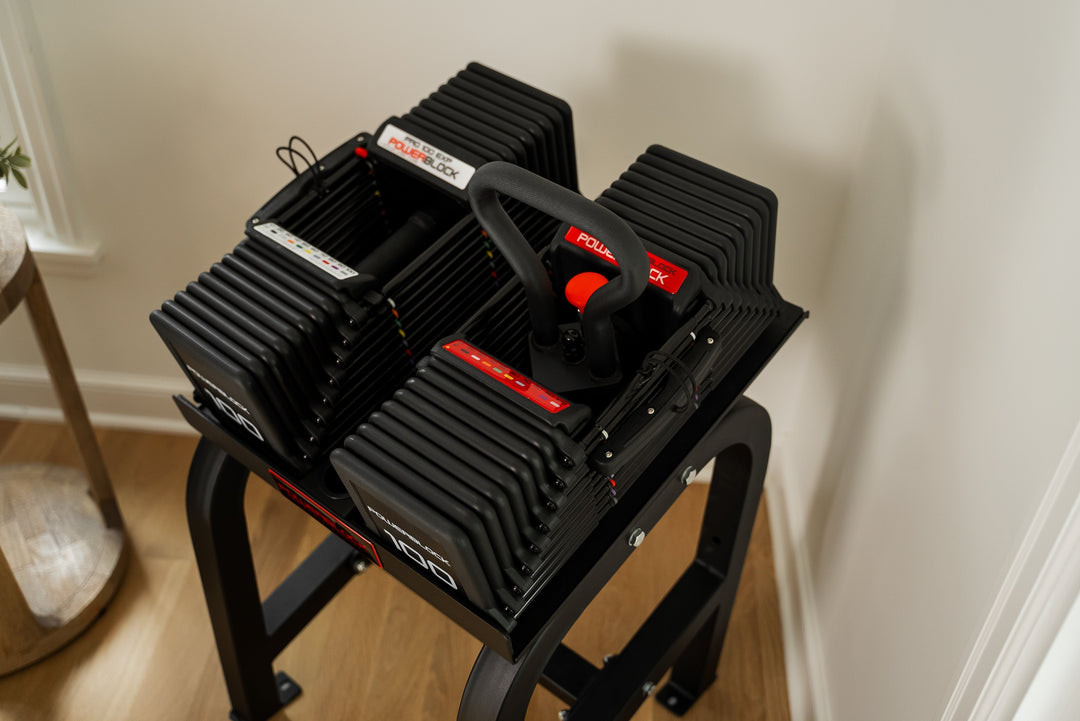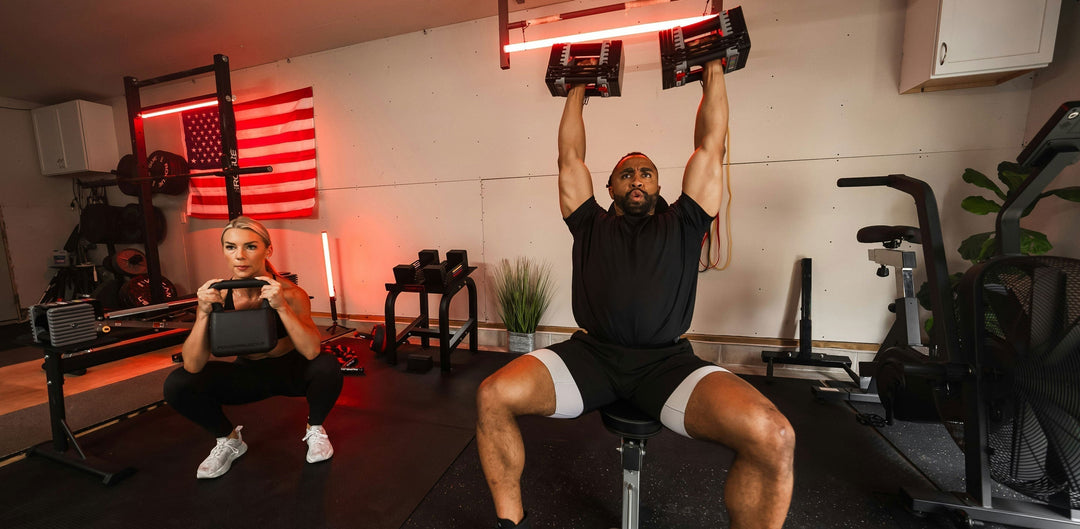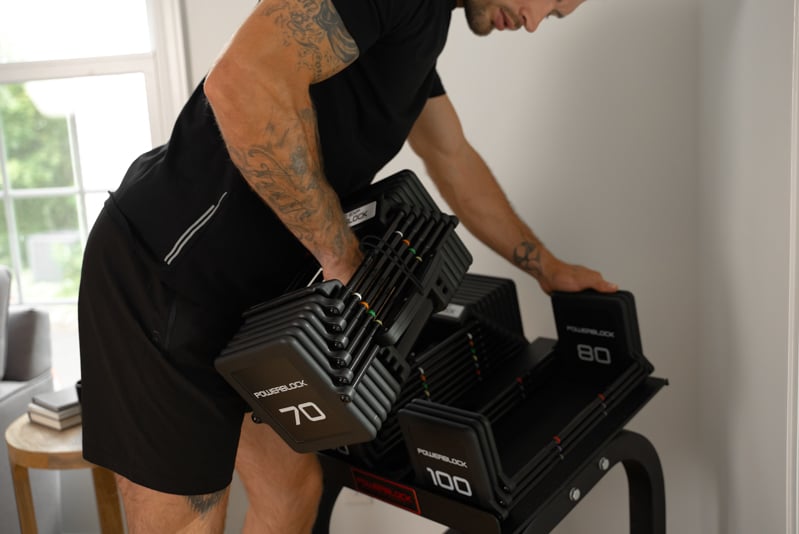Whether you’re just starting or you’re a seasoned lifter, building muscle can be a struggle. These 5 tips will help you start on the right foot and break through plateaus.

Not eating enough Protein & Calories
When it comes to training, your body needs fuel to perform at the highest levels. Between getting enough protein and the right caloric intake, knowing what your body needs is essential for muscle recovery and day-to-day activity.
Macro & Micro Nutrients to Feed the Body
There are two types of nutrients our bodies need to go about our daily lives and perform well. These are called macronutrients and micronutrients.
Macronutrients
Protein, Carbohydrates, and Fat are your macronutrients. Each one has its job when it comes to your performance and daily life.
Protein for Building Muscle and Feeling Fuller
Proteins break down into amino acids, which our body needs to build and maintain muscle. Think of amino acids as a chain. Each chain is built differently based on what our bodies need. The most protein-rich foods are animal products. Protein helps your muscles recover after a hard workout and helps our organs work and repair themselves.
Daily Protein Goal
Depending on what your goals are, your protein intake should be roughly 1 gram per pound of body weight. If your goal is to lose weight, your protein goal should be 1 gram per pound of your goal weight. If you’re looking to gain lean muscle mass, your protein goal should be 1-1.25 grams per pound of body weight. This will give you an adequate amount of protein for your goals.
Carbohydrates
Carbohydrates (carbs) are sugars. Our bodies use carbs as an energy source, from our muscles to our brain. Carbs are essential to how well you perform during your workouts. Your typical carb sources are pasta, rice, potatoes, fruits, and veggies. Some high-level lifters won’t count veggies as a source for their carbs due to the high levels of fiber in them. They will use veggies as a filler to help them feel fuller longer due to the high fiber content.
Carb Goal
Whether you’re on a weight-loss journey or a strength journey, carbs will be important, especially around your workout. There are numerous calorie calculators out there that can help you find your carb goal.
Fats
Fats are another source of energy and support cell growth. They help the body absorb fat-soluble vitamins (A, D, E, and K) and are essential for hormone production and brain function. Despite their reputation, healthy fats play a crucial role in maintaining overall health and metabolic balance. Healthy fat sources include avocados, olive oil, nuts, seeds, fatty fish like salmon, eggs, and dark chocolate.
Fat Goals
Similar to your carb goal, research a calorie calculator to figure out what your daily fat intake should be for your goals.
Micronutrients
We need vitamins and minerals, or micronutrients, to keep our bodies running smoothly and stay healthy. We only need tiny amounts of them, but they're key for things like our immune system, making energy, strong bones, and cell growth. Even though we don't need much, not getting enough can cause some serious health problems. Getting enough fruits and veggies daily will help reach these goals; however, using a daily multivitamin can help supplement your micronutrients if you aren’t getting enough fruits and veggies
Using an online calorie counter, as mentioned, will help you get the correct amount of calories based on your goals. Checking off the first box for starting to gain more muscle.

Lifting Too Light Without Progressive Overload
Our bodies naturally adapt to the stimulus that surrounds us. From the weather to weight training. This adaptation is how we grow muscle, thus, we need to challenge our muscles each week in our workouts. Slowly increasing the weight in our lifts. This process is called progressive overload.
How to Properly Set Up Progressive Overload
The first step to starting the progressive overload process is figuring out what your 1 rep max is. To do so, start light on your weight and perform a set of 5. Then increase the weight and repeat two more times. This will allow your body to get the target muscle group warm without burning through energy stores. From there, increase the weight again and perform 1 rep and weight 1-2 minutes, and repeat until you can barely perform 1 rep.
Find your working Weight
Once you’ve found your 1 rep max, it's time to figure out your working weight. To do so, take your 1 rep max and multiply it by .65-.75. This will give you your working weight for your sets.
Working Weight
Your working weight is a weight that you can perform 8-10 reps with, where the last 4-5 reps become more and more difficult to perform. This rep range and taking 2-3 seconds to bring the weight back to the starting position is what allows us to keep the muscle under tension. This time under tension (TUT) allows your muscles to be pushed amd force growth and adapt to the stimulus they’re being put through.
Weight Progression
To continue growth, your goal is to increase your working weight by 1-2.3 kg every other week while still hitting your 8-10 rep goal. If you’re unable to do that, spread out your timeline. Instead of a every other week progression, try every 2 weeks and so on. You’ll get stronger and gain the muscle you want through this process, and getting the right amount of calories in; however, there are a few more factors we’ll have to consider.
Adjustable Dumbbells And Progressive Overload
Adjustable Dumbbells are a great way to track your progress. For instance, PowerBlocks Adjustable Dumbbells can grow with you. Take the Elite USA for example. The stage 1 kit allows you to adjust from 2.3-23 kg to start. Once any of your lifts have exceeded that 50lb strength threshold, you can get the next stage kit to keep challenging yourself, and it's something you can track with just your eyes. If you’re super setting movements, you can easily change the weight you’re moving without needing to cradle the weight. You can add set intensifiers like dropsets faster and more efficiently.

The Whole Body Approach to Building Muscle
As we go through our fitness journey, it's important to keep in mind that our entire body needs to be trained. Without a whole body approach, we risk muscle imbalances and overtraining.
Muscle Imbalances
For the most part, muscle imbalances are natural. Think about whether you’re right or left-hand dominant, then think about which side of your body is easier to train when training with dumbbells. Odds are, it's your dominant side. This type of imbalance is easy to fix; using the weakening or non-dominant side, find the weight where you hit failure in the 8-10 rep range. Use this weight for both sides of your body, even if it’s easier for your dominant side, and don’t perform more reps on the dominant side than what the non-dominant side can perform. This will bring up the non-dominant side. But what about the rest of the body?
Muscle Imbalances from Head to Toe
Now, getting to the meat of the issue. Training one body part or portion of the body can lead to imbalances. Think about seeing someone who never trains their legs, their body looks pretty disproportionate. This can also affect other areas of training, for example, a bent-over row. Your glutes and hamstrings help with balance within this movement, but if you aren’t training them regularly, you won’t be able to handle the weight your back can move. This can lead to injury. This is why training each portion of your body is important. A simple program type to implement is a Push Pull Leg split. Training each day with the same intensity. If you do need to bring up your legs, hit your legs twice each week; the same goes for your push and pull muscles.
Overtraining & How it Affects the Body
Overtraining happens when someone exercises too much without giving their body enough time to rest. This can make them feel really tired, weaker, and even get sick or hurt more easily. Rest and healthy habits are important to help the body recover and stay strong. A good rule to follow is to train any muscle or muscle group no more than twice per week, hitting 8-20 total sets for each. This will give your body a chance to recover properly before restarting your split.
Lack of Recovery & Sleep
One of the two best tools to grow muscle is sleep and rest days. Both of these play vital roles in muscle growth and increases in strength.
Sleep
Sleeping is our body's way to clean out and restore for the next day. While we sleep, cells are replaced or added, muscles recover, and hormones are released. This process will help your muscles grow and you to become stronger. Your daily goal of quality sleep should be 7-8 hours. The best way to get quality sleep is to make sure your room is dark and cool. This will ensure deep, quality sleep.
Recovery Days
Recovery Days, like sleep, are important for your training journey. These days can involve light activity like walking, stretching, and rolling out on a foam roller. Your recovery days are there to let your body relax from the stress that weight training puts on it, increasing the resilience your body has to stress. Recovery days also help with stopping overtraining, give you a chance to rehydrate, and enjoy the other aspects of life. For the beginner, your goal should be to have 3 rest days per week so your body gets used to the new stimulus. For the intermediate to advanced lifter, your goal should be to have 1-2 days of rest per week. For a full breakdown of what your recovery day could look like, check out our blog post about recovery days.

Not Sticking to a Plan Long Enough
Most programs that are out there for you to purchase are typically a cookie-cutter plan that isn’t very diverse. For the most part, it takes 3 months to start seeing results from the program you’re running. Most of the time, we switch programs due to boredom or not seeing results.
Boredom
It happens to the best of us: we get tired of going to the gym and performing the same workouts week in and week out, even if it’s only been 6 weeks. Then it’s back to the drawing board or the internet to shop for a new program. This 6-week period of time isn’t enough to get the results you’re looking for. Some programs have diverse movements and set patterns to help with this, but the method at the end of the day remains the same: follow the program and start it over; it will take more than one time through a program to get the desired results.
Not Seeing Results From Your Program
Similar to boredom, not seeing results while going through a program is a reason why some program hop. When you’re first starting on your fitness journey, your muscle tends to grow quickly, even if you’re not training to failure. When you become more seasoned, that’s when the progression slows, and getting the results you want takes more time. In this phase of your journey, you have to be training to failure on every movement you perform. The other factors are what we spoke about above. Everything has to be lined up for the results you want.
Gaining strength and muscle is a process that has guidelines to follow. Keeping your nutrition on point, sleeping 7-8 hours a night, giving yourself time to recover, and sticking to the program you’re using will help you grow muscle and hit your goals.
